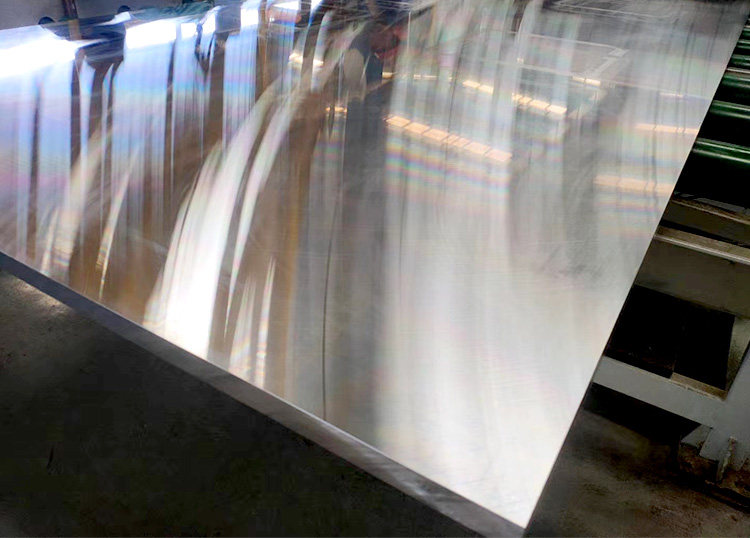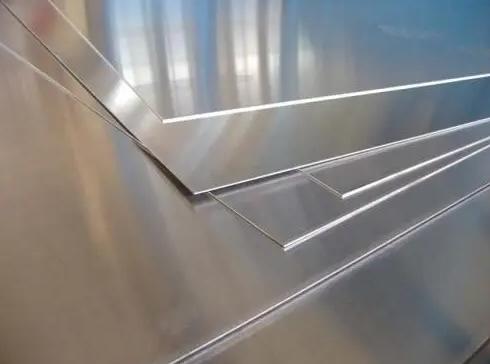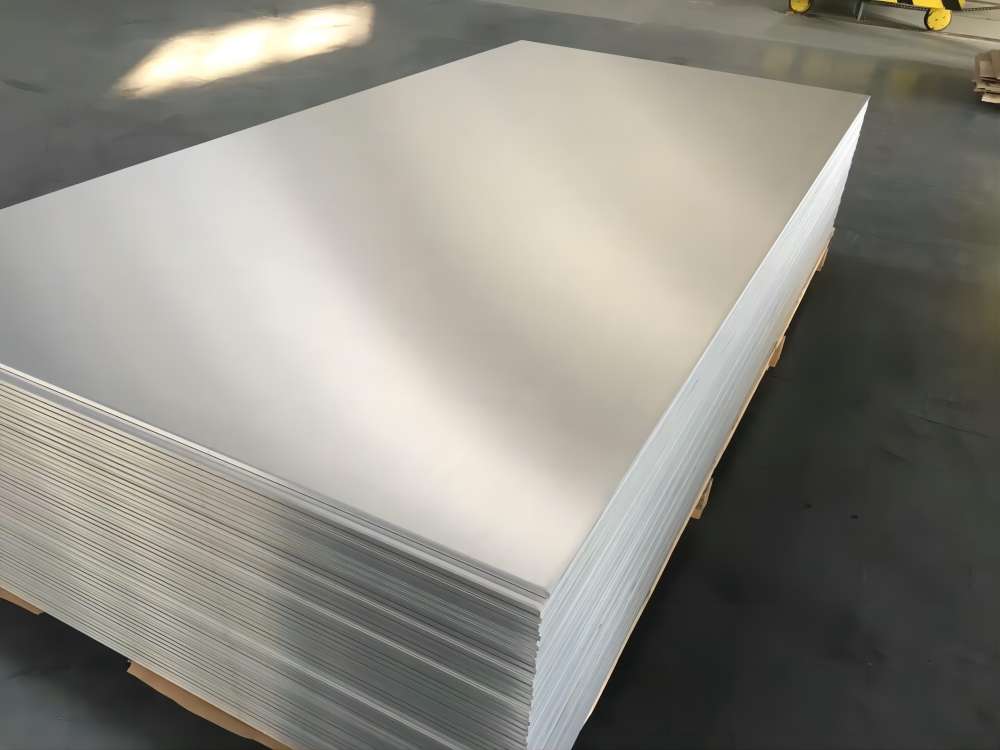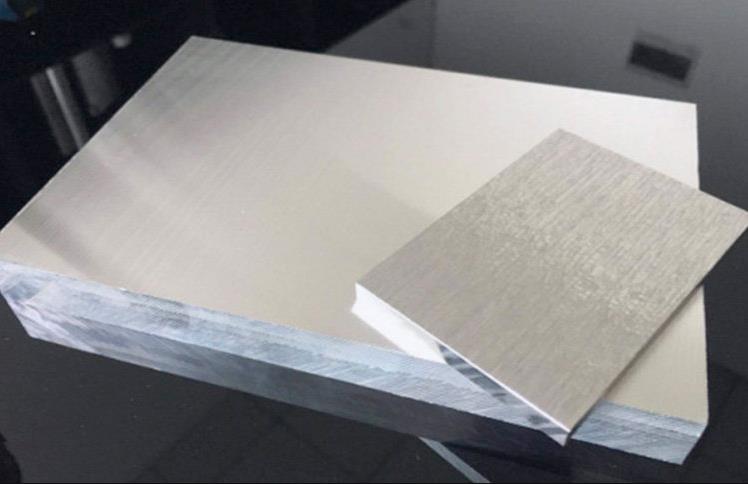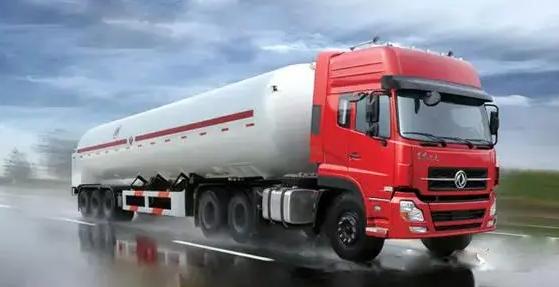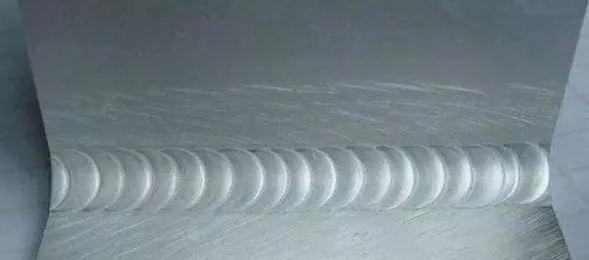Cars all over the world are striving to achieve lightweight design, and aluminum sheet has become the preferred material for lightweight bodies.
Stamping is a forming and processing method that applies external force to sheets, strips, pipes, and profiles using presses and dies to cause plastic deformation or separation to obtain workpieces (stampings) of desired shape and size.
Stamping and forging are both plastic processing (or pressure processing), collectively called forging. The stamped blanks are mainly hot-rolled and cold-rolled steel sheets and strips. 60-70% of the world’s steel products are sheets, most of which are stamped into finished products.
The body, chassis, fuel tank, radiator sheet of the car, the steam drum of the boiler, the shell of the container, the iron core silicon steel sheet of the motor and electrical appliances, etc. are all stamped. There are also a large number of stamping parts in instruments, household appliances, bicycles, office machinery, living utensils, and other products.
What is the stamping of the aluminum sheet?
Stamping processing is a production technology of product parts with a certain shape, size, and performance using the power of conventional or special stamping equipment so that the sheet is directly subjected to deformation force in the mold and deformed. Sheet material, mold, and equipment are the 3 elements of stamping processing.
The stamping temperature is divided into hot stamping and cold stamping. The former is suitable for sheet metal processing with high deformation resistance and poor plasticity; the latter is performed at room temperature and is a commonly used stamping method for thin sheets. It is one of the main methods of metal plastic working (or press working), and also belongs to the material forming engineering technology. The die used for stamping is called a stamping die, abbreviated as a die.

A die is a special tool for batch processing of materials (metal or non-metal) into the required punching parts. Dies are very important in stamping. Without a die that meets the requirements, it is difficult to carry out mass stamping production; without an advanced die, advanced stamping technology cannot be achieved. The stamping process and dies, stamping equipment and stamping materials constitute the three elements of stamping processing, and stamping parts can be obtained only when they are combined.
Audi R8 adopts an all-aluminum body design. The high-performance composite material of the R8 body is called Audi Space Frame (AFS). Its total weight is only 210 kg, less than half the weight of the steel frame, but its strength and impact resistance are very high. outstanding. In the entire body composition, 70% is aluminum alloy and 13% is carbon fiber reinforced (CFRP). In Audi’s own words: “Put the right material in the right place in the right amount”.
The application of aluminum plate stamping
Currently, many automakers around the world use the aluminum stamping process to reduce the weight of their cars.
97% of the body of the Tesla Model S is made of lightweight aluminum alloy. The cost of a roll of aluminum is $30,000. It takes 50-60 different coils of aluminum to manufacture an entire car. The all-aluminum body weight is only 190kg.
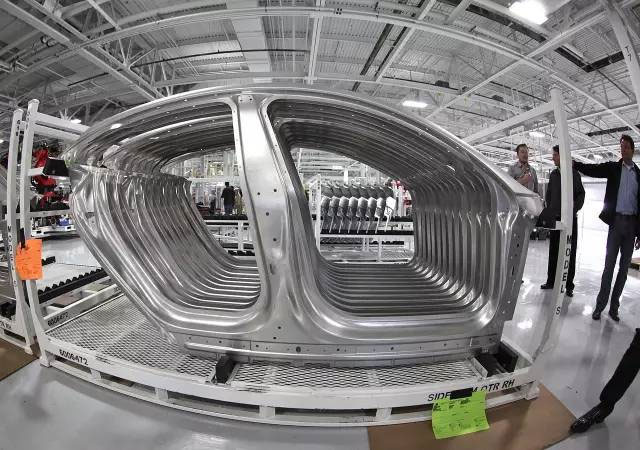
The tandem hydraulic press line used by TESLA (Schuler SMG Hydraulic Tandem Press Line) is the largest in North America and the sixth-largest in the world, with a gross tonnage of 11,000 tons. It produces an aluminum stamping every 6 seconds, which can be produced every day. 5000 pieces out.
Jaguar China’s first all-aluminum body workshop was completed and put into production in Changshu Plant (Chery Jaguar Land Rover). The new model, the long-wheelbase XF, will go on sale in the second half of this year. The application rate of the new XF aluminum alloy is as high as 75%, ranking the leading position among its Chinese counterparts.
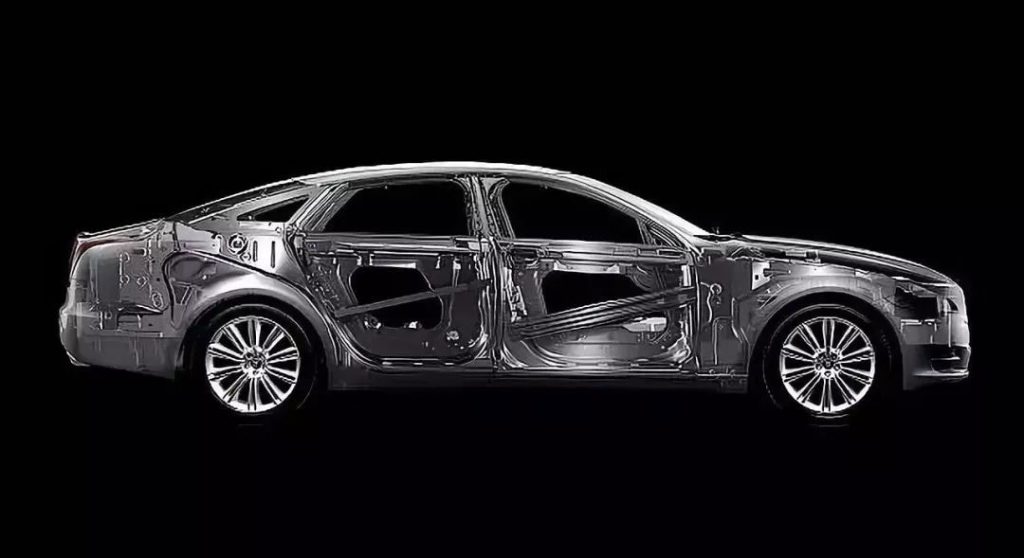
It is understood that the new Jaguar Changshu factory adopts the world’s fastest 5-sequence servo stamping production line (3 seconds/line, high-speed servo stamping line) and the world’s fastest mechanical stamping production line (4 seconds/line), which can freely press steel and aluminum. The material is switched seamlessly, and 75% of the molds can be used for servo high-speed stamping lines as well as mechanical stamping lines.
To sum up, the all-aluminum body car is lighter, more fuel-efficient, safer, has better driving control, and is more corrosion-resistant, which is a major trend in the development of lightweight automobiles in the future.
As the first major process of all-aluminum body automobiles, the aluminum stamping forming process is bound to undergo a process of technological innovation. The technical process of hydroforming, servo forming, or cast aluminum extrusion molding, which solution can finally achieve a balance between production capacity, quality, and cost, may become the mainstream of the aluminum stamping forming process.




